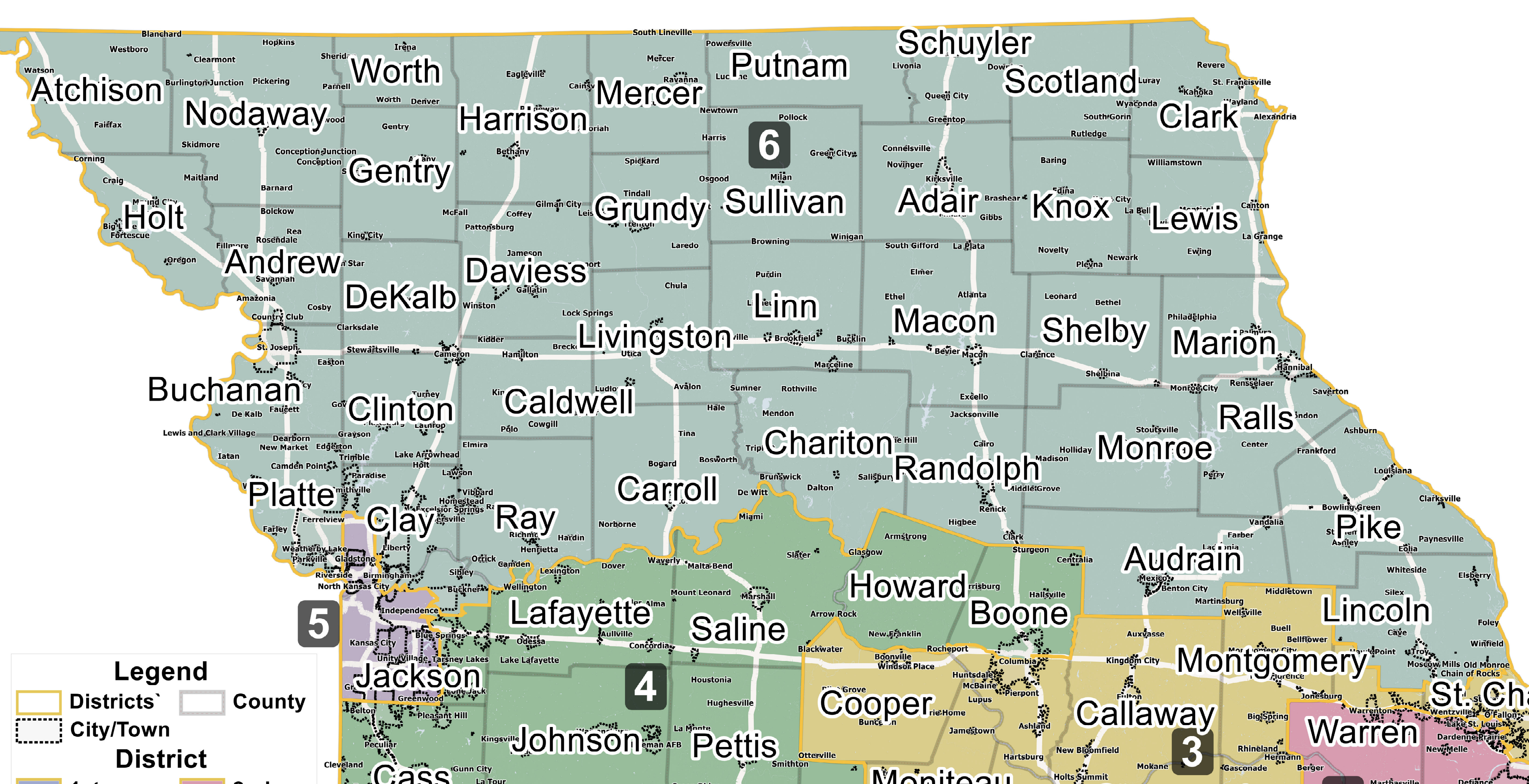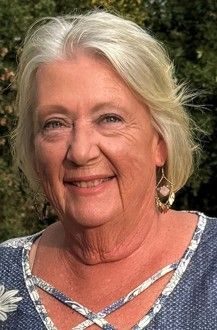Parson to sign new Missouri congressional redistricting plan

Gov. Mike Parson will sign the law revising the boundaries of Missouri’s eight congressional districts Wednesday afternoon, officially ending the most contentious legislative battle of the year.
The revised districts have already led to one candidate, state Rep. Sara Walsh of Ashland, withdrawing from her campaign for the open 4th District seat. Walsh on Monday lamented that all of her legislative constituents previously in the 4th District would now vote in the 3rd District, represented by incumbent U.S. Rep. Blaine Luetkemeyer, R-St. Elizabeth.
No change in the partisan makeup of the Missouri delegation, currently six Republicans and two Democrats, is expected as a result of the map.
There are three pending lawsuits, two in Cole County Circuit Court and one in the U.S. District Court for Eastern Missouri, that challenged the old congressional map and were filed when it appeared lawmakers would not be able to agree.
The deadlock in Jefferson City was broken a day before the General Assembly was scheduled to adjourn when Senate leadership maneuvered a late House-passed bill by the conservative caucus faction pushing for a map to shift a Democratic seat to Republican control.
On Tuesday, Attorney General Eric Schmitt’s office asked U.S. District Judge John Ross to dismiss the federal case as moot.
Also on Tuesday, Chief Judge Lavenski Smith of the Eighth Circuit Court of Appeals notified Ross that Eighth Circuit Judge Jane Kelly and Eastern District Judge Sarah Pitlyk would serve with him on a three-judge panel to draw a new map for the state.
“All complaints challenge the constitutionality of a Missouri congressional district map that will cease to exist when Gov. Parson signs (the redistricting bill), as he is expected to do imminently,” the brief signed by deputy solicitor general Jeff Johnson states. “In short, the events of last week have overtaken the allegations in the complaints, and upon enactment, the action will become moot.”
In the filing, Johnson noted that the original plaintiff, 2nd District Republican congressional candidate Paul Berry III, and two intervening plaintiffs, who are also the plaintiffs in the Cole County cases, challenged the existing map as unconstitutional because population shifts put them out of balance.
Along with being moot, the plaintiffs should be satisfied with the result of the legislative action, Johnson wrote.
“(B)ecause the districts in the newly adopted map are numerically equal to within one person, the new legislation gives plaintiffs all the relief requested from the court,” the brief states.
The new map creates a big task for local election officials in locations that have new representation. Election officials have until Tuesday to get their voter rolls updated to make sure voters receive the correct ballots on Aug. 2.
They also must educate voters about the new boundaries.
There are nine counties that have shifted almost wholly or entirely into new districts. Boundaries shifted in the five large-population counties that were previously split and a new split was introduced in Boone County in central Missouri.
Boone County Clerk Brianna Lennon used a video to illustrate where the new lines are, with her popping in and out of locations with the district designation showing on the screen.
The split in Boone County follows Interstate 70 on the east side of Columbia, follows Broadway in the city and U.S. Highway 40 from the west side of Columbia to the Howard County line.
The general outlines of each district are:
- 1st District: St. Louis and northern St. Louis County, with boundaries extended from the current lines south to include Bridgeton, more of Maryland Heights, Clayton, Richmond Heights and Creve Coeur.
- 2nd District: All of the remaining portions of St. Louis County, with Warren County south of I-70 and Franklin County added from the 3rd District. The portion of St. Charles County in the district now extends to the Warren County line, mainly along Interstate 64 and I-70.
- 3rd District: Stretching from central Missouri to the Mississippi River, lawmakers moved Cooper and Moniteau counties along with the southern half of Boone County into the district from 4th District along with Crawford and Washington counties from the 8th District. Lincoln County was moved to the 6th District. Instead of northern Jefferson County, the district includes the western half of the county, including DeSoto, Hillsboro and High Ridge.
- 4th District: From central Missouri west to the Kansas border along and south of the Missouri River. Cooper, Moniteau and half of Boone County moved to the 3rd District, while Randolph County was shifted to the 6th District, as was the portion of Audrain County in the district. A portion of eastern Jackson County along with Lafayette and Saline counties were added from the 5th District, as was Polk County from the 7th District.
- 5th District: The district lost its rural counties of Lafayette, Saline and Ray, and the lines outside Kansas City in Jackson and Clay counties have shifted, with Lee’s Summit and eastern Blue Springs now in the district.
- 6th District: Geographically the state’s largest, in northwest Missouri it now covers most of the area north of the Missouri River and all but the counties adjacent to the river in northeast Missouri. In the new map, voters in Ray, Randolph, Audrain, and Lincoln counties will be new to the district.
- 7th District: The lines of the southwest Missouri district are unchanged except for shifting Polk County to the 4th District and including more of Webster County.
- 8th District: This southeast Missouri district is also almost unchanged except for including more of Jefferson County and the loss of Crawford and Washington counties.
Miss Clipping Out Stories to Save for Later?
Click the Purchase Story button below to order a print of this story. We will print it for you on matte photo paper to keep forever.

